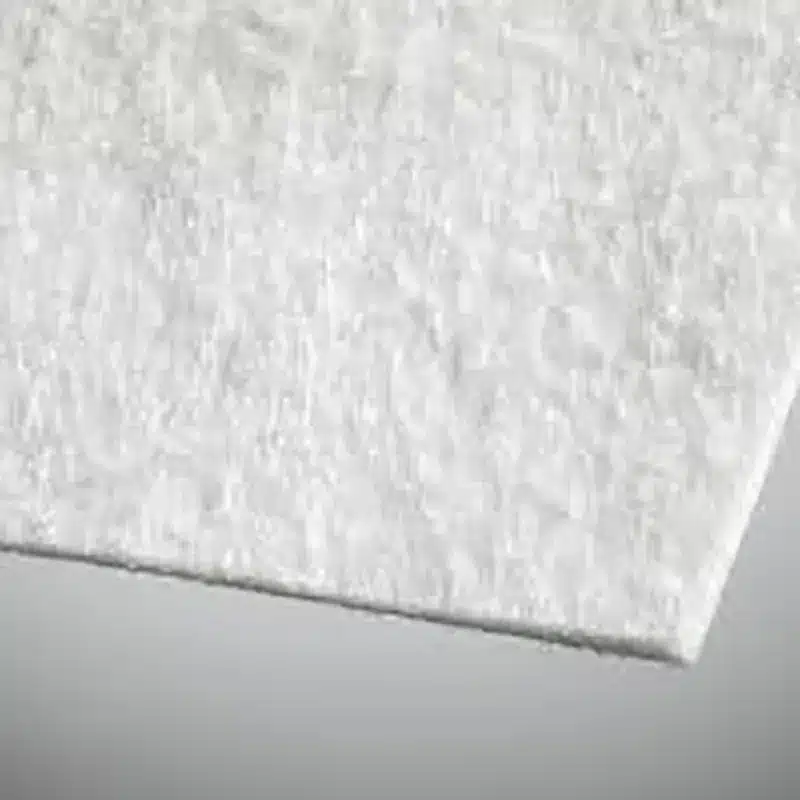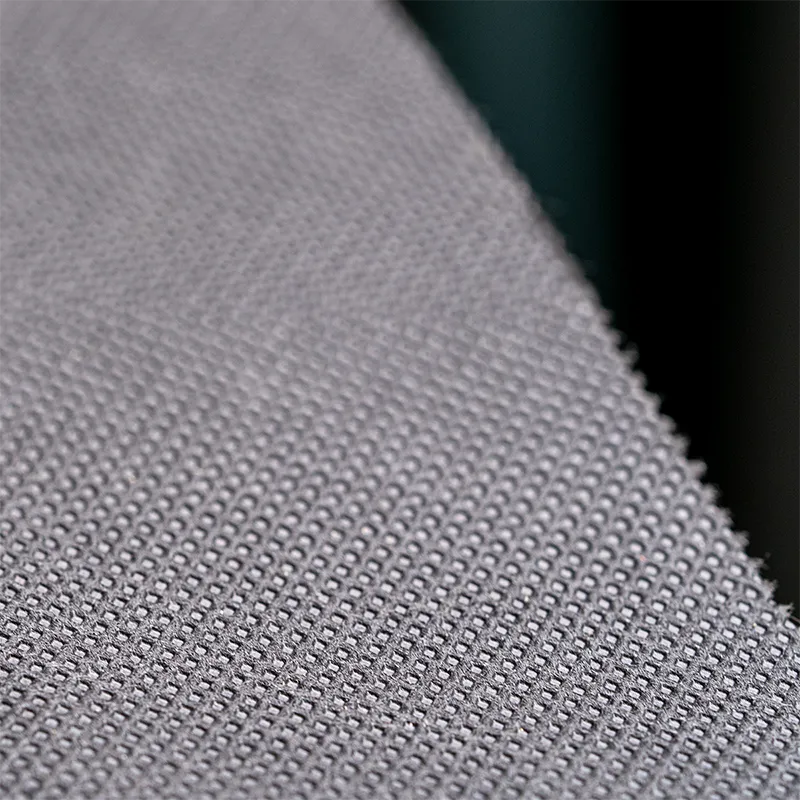+86-159 9860 6917
info@geofantex.com
geofantex@gmail.com
+86-400-8266163-44899
In the evolving landscape of civil engineering and environmental management, the integration of advanced drainage systems with geotextile fabric barriers represents a significant leap forward. This article delves into the synergy between cutting-edge drainage solutions and the versatile application of geotextile fabrics, shedding light on their pivotal role in enhancing infrastructure resilience, promoting sustainable water management, and protecting vulnerable habitats. Through an engaging question-and-answer format, we aim to demystify the complexities surrounding this technology, offering insights into its functionality, benefits, installation processes, and future implications.
What is Geotextile Fabric and How Does it Enhance Drainage Systems?
Geotextile fabric is a synthetic material used in civil engineering and construction to manage water flow and soil erosion. It’s designed to be permeable, allowing water to pass through while preventing soil particles from migrating. In drainage systems, geotextile fabric serves several key functions:
- Filtration: It filters out soil particles while allowing water to flow freely, preventing clogging of drainage pipes or structures.
- Separation: It separates different soil layers, preventing the mixing of finer and coarser materials, which maintains the structural integrity of the drainage system over time.
- Drainage: Geotextile fabric facilitates efficient water drainage by providing a pathway for water to move horizontally along its surface or vertically through its thickness.
- Reinforcement: In some applications, geotextiles reinforce soil, enhancing stability and load-bearing capacity, particularly in areas prone to erosion.
Overall, geotextile fabric enhances drainage systems by improving water flow, reducing maintenance needs, and prolonging the lifespan of drainage infrastructure.

What are the Key Benefits of Incorporating Geotextile Fabric Barriers in Advanced Drainage Systems?
The incorporation of geotextile fabric barriers in drainage systems offers multiple benefits:
- Improved Water Quality: By filtering sediments and contaminants, geotextiles contribute to cleaner water discharge, which is crucial for environmental protection.
- Enhanced Durability: Geotextiles prevent soil particles from entering drainage systems, reducing the risk of blockages and wear, thereby extending the system’s lifespan.
- Cost-Effectiveness: With reduced maintenance needs and enhanced system durability, geotextile-enhanced drainage systems offer significant long-term savings.
- Versatility: Geotextile fabrics are adaptable to various terrains and conditions, making them suitable for a wide range of applications, from agricultural fields to urban infrastructure.
How are Geotextile Fabric Barriers Installed in Drainage Systems?
Installation of geotextile fabric barriers in drainage systems typically follows these steps:
- Site Preparation: Clearing the area of debris and leveling the ground where the drainage system will be installed.
- Laying the Geotextile: Roll out the geotextile fabric along the planned drainage path, ensuring it overlaps at the edges to prevent gaps.
- Placement of Drainage Pipes: Installing the drainage pipes on top of the geotextile layer, following the system’s design specifications.
- Covering and Securing: Cover the pipes with gravel or another filtering medium, then fold over the geotextile fabric to envelop the drainage structure before covering it with soil.
This method ensures that the geotextile fabric effectively filters out sediments while allowing water to flow into the drainage system.
What Does the Future Hold for Geotextile Fabrics in Drainage Systems?
Geotextile fabrics are poised for significant advancements in drainage systems, focusing on enhancing efficiency, durability, and environmental sustainability. Innovations may include improved materials with enhanced filtration and drainage capabilities, tailored to specific soil types and environmental conditions. Additionally, there’s a growing emphasis on integrating geotextiles with smart technologies for real-time monitoring and maintenance. These developments aim to optimize water management, reduce maintenance costs, and extend the lifespan of infrastructure. Geotextile research also explores biodegradable options to minimize environmental impact, ensuring sustainable solutions for future drainage challenges.
Advanced drainage systems enhanced with geotextile fabric barriers represent a pioneering approach to managing water flow and soil integrity. These systems leverage the unique properties of geotextile fabrics to offer improved water quality, system durability, cost-effectiveness, and adaptability to various environmental conditions. With the ongoing advancements in material technology and a growing focus on sustainability, the integration of geotextile fabrics in drainage solutions is poised to play a crucial role in shaping the future of infrastructure development and environmental stewardship.



Get Free Sample
We’ll respond as soon as possible(within 12 hours)






















